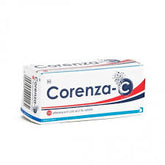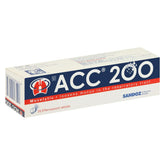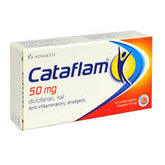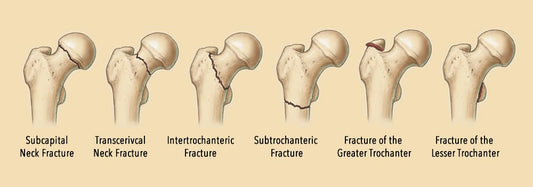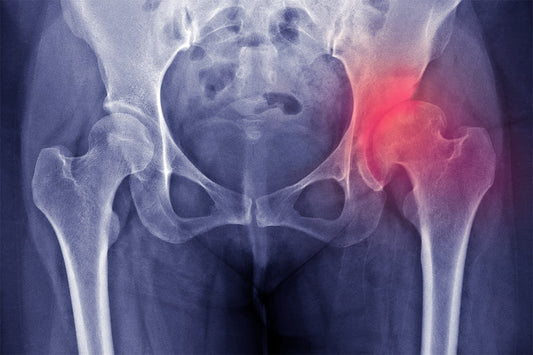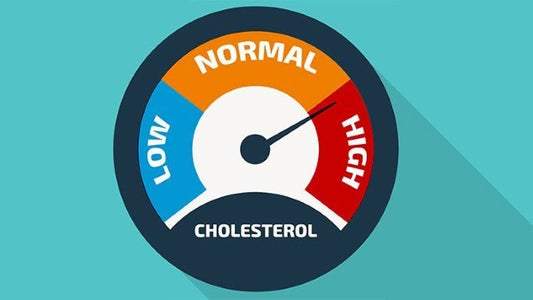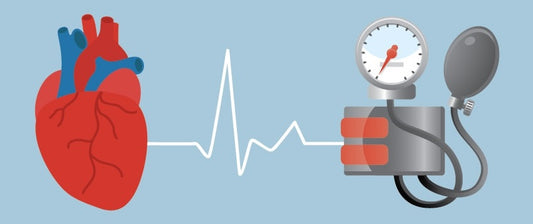featured Hip pain in adults
On by ZimSeller Pharmacy 0 comments
Hip fracture
On by ZimSeller Pharmacy 0 comments
Hip dysplasia
On by ZimSeller Pharmacy 0 comments
High temperature (fever) in children
On by ZimSeller Pharmacy 0 comments
High temperature (fever) in adults
On by ZimSeller Pharmacy 0 comments
High cholesterol
On by ZimSeller Pharmacy 0 comments
High blood pressure (hypertension)
On by ZimSeller Pharmacy 0 comments




